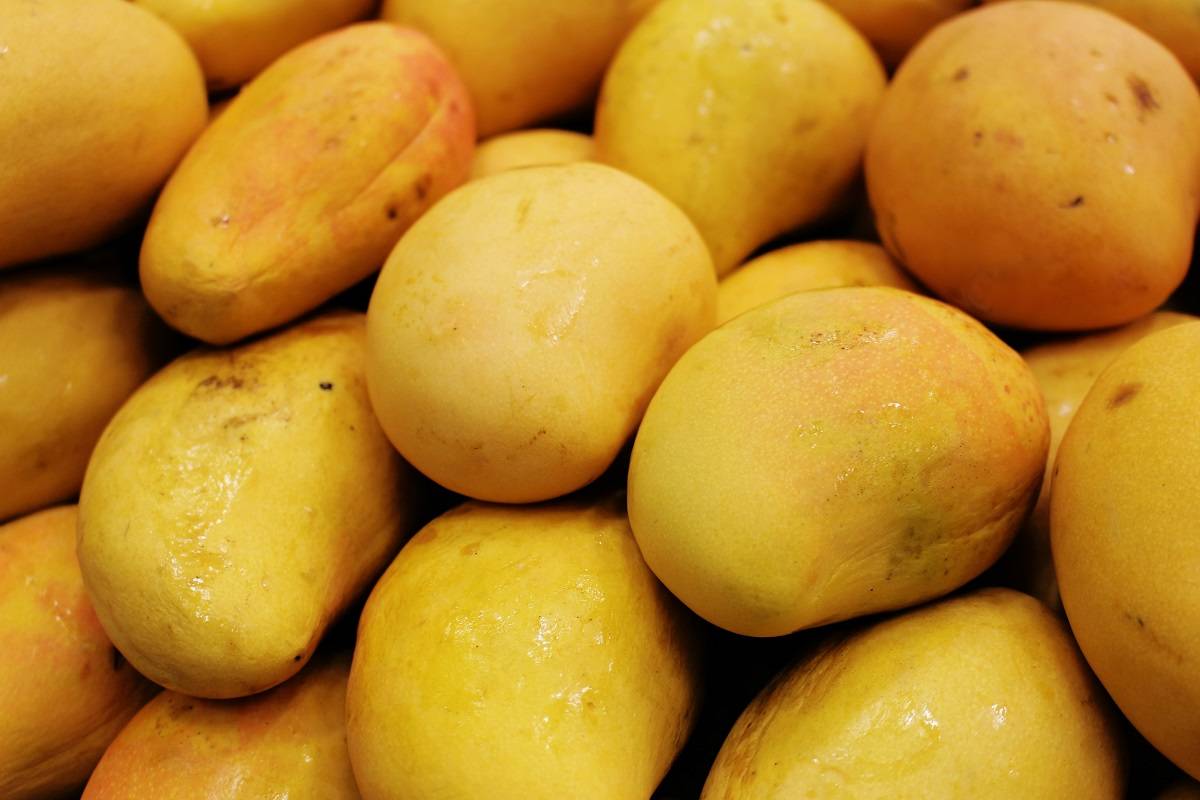
A man in Japan’s Otofuke, Hiroyuki Nakagawa, has been growing mangoes the Tokachi area inside a greenhouse. While the temperature outside is -8C temperature on a clear December day, it remains 36C inside a greenhouse. He is not only cultivating these mangoes but also packing and shipping them across the world at a whopping price of $230 per fruit which is Rs 19,000.
Little did he imagine that his sustainable farming experiment would result in the production of the world's most expensive mangoes.
Nakagawa, who used to run a petroleum company, is now 62 years old and shares that initially, no one took his vision seriously. His goal is to create something natural out of nature in Hokkaido.
After spending years in the oil industry, Nakagawa recognized the importance of transitioning away from fossil fuels, spurred on by rising prices. This led him to pivot towards mango farming. With the help of a seasoned mango farmer from Miyazaki in the southern prefecture, Nakagawa established his farm and a start-up Noraworks Japan. The Miyazaki farmer encouraged him that it was possible to cultivate mangoes even during winter. After a few years, Nakagawa went on to register his mango brand as "Hakugin no Taiyo," which means "Sun in the Snow."
How Mangoes are Grown in Japan
Nakagawa's strategy revolves around utilizing two indigenous resources found in his birthplace, Hokkaido: snow and onsen hot springs. During the winter, he accumulates snow and saves it for later use in the summer months when he employs it to cool in his greenhouses. By doing so, he tricks the fruits into flowering later. Conversely, in the winter, he harnesses the power of natural hot springs to heat his greenhouse, resulting in an off-season harvest of around 5,000 mangoes.
This method not only yields mangoes during the colder months when there is a lower presence of insects, eliminating the need for pesticides, but it also reduces the need for mold-removing chemicals due to Hokkaido's low-humidity climate. Harvesting in the winter, when there is less work for farmers, also ensures better access to labour during a time when Japan is experiencing a labor shortage, especially in rural areas.
Flavour of World’s Most Expensive Mangoes
In addition to being environmentally friendly, Nakagawa's approach results in a delectable flavour that he claims is much sweeter than regular mangoes, with a higher sugar content of approximately 15 degrees Brix. Furthermore, the texture is buttery and smooth, devoid of any stringiness.
The unique production process has captured the interest of both customers and businesses alike. Isetan, a Japanese department store, exhibited one of Nakagawa's mangoes at their Shinjuku location in 2014, and sold it for approximately $400. The exorbitant price of a single mango garnered significant media attention, subsequently increasing demand for the fruit and making it challenging to obtain. Customers who visit Nakagawa's official website to place orders frequently encounter the prominent phrase "SOLD OUT" in bold red letters.
Nakagawa's customer base includes esteemed chefs such as Natsuko Shoji, Asia's Best Female Chef of 2022, who incorporates the fruit into her mango flower cakes. Additionally, he has a global clientele and distributes his mangoes to high-end vendors, such as City'super in Hong Kong.
Subsequently, Nakagawa has discovered additional unforeseen advantages of winter farming. "Due to our lack of pesticide use, tea company Lupicia has expressed interest in utilizing our leaves for mango tea," he notes, affectionately patting one of his trees.
Nakagawa's ambitions don't end there. He intends to cultivate other tropical fruits using the same method, converting Tokachi into a winter fruit production center, bolstering the local economy. Additionally, he has his sights set on peaches, another succulent fruit that thrives in warmer regions.









